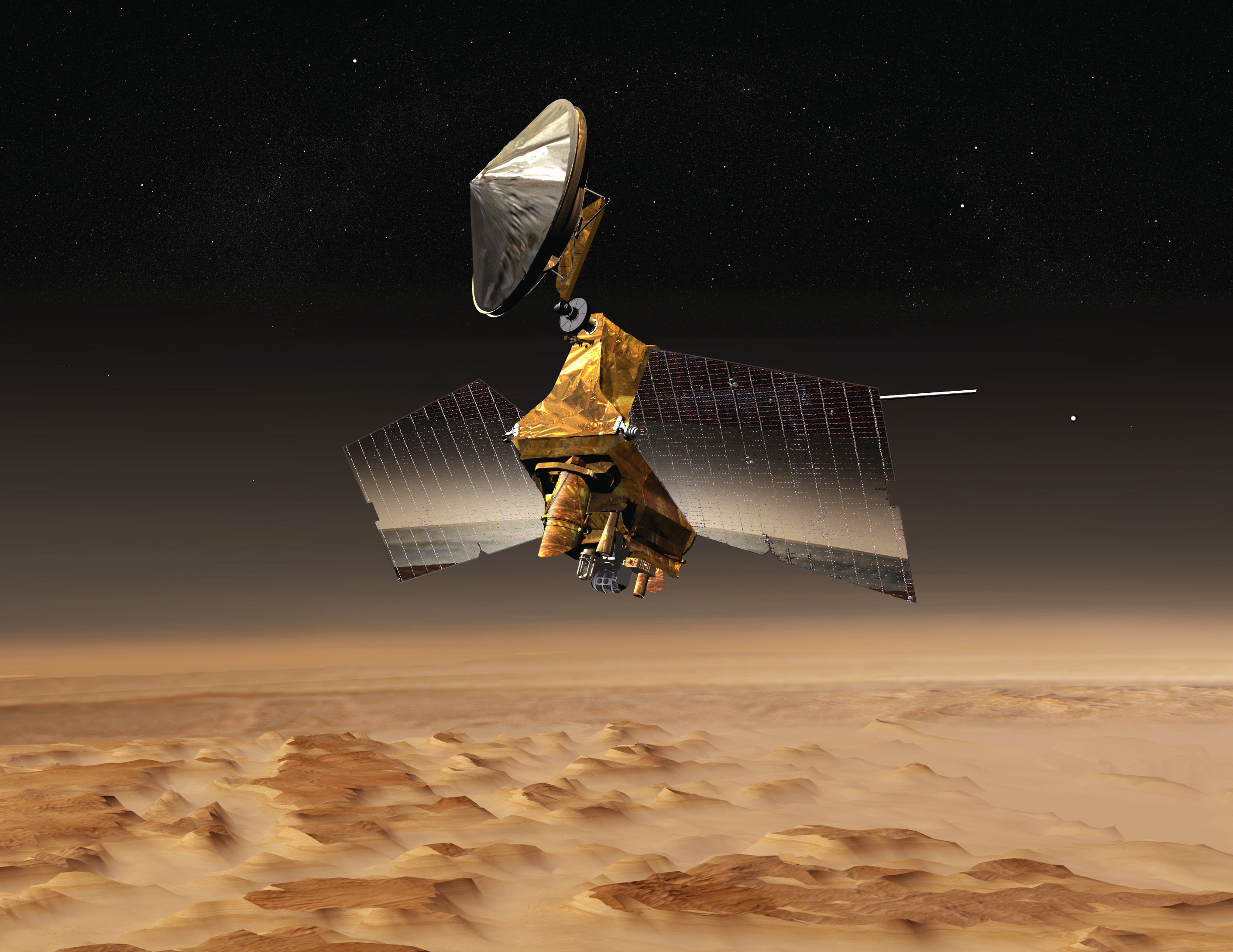NASA’s Mars Reconnaissance Orbiter (MRO) has transmitted new pictures of what researchers are calling “Swiss cheese terrain,” but apparently they are not so sure about how these formations came to be.
The image shows an array of pits in a field of carbon dioxide ice and soil, among which one of them is way deeper than the rest. The pit is round for the most part, but the MRO crew is unable to determine whether it is a crater formed by a meteorite or if the regolith collapsed in that particular region.

Maybe it’s a crater, or maybe the ground collapsed
The pictured area is located near the south pole, captured during Mars’ summer. At the time of taking the picture, the sun was low enough so the crater and its contents could be seen with a faint shadow beneath them. The crater is surrounded by frozen sheets of carbon dioxide, and between them, there are round and dry areas, which researchers believe are the result of the Martian summer sublimating the ice.
The crater is not the first one of its kind. Researchers theorize that they could be used to assess the age of the planet in different spots of its surface. Other hypotheses suggest that the crater may have formed from collapsing lava tubes or nearby volcanic activity. The crater was imaged using the MRO’s High-Resolution Imaging Science Experiment camera (HiRISE).
The MRO still proves useful after accomplishing its primary purpose
The MRO was responsible for finding evidence of water on Mars, besides being able to find the perfect landing spot for the Curiosity rover.
It was launched back in 2005 with plenty of instruments on board, although some of them are now unusable after an incident that took place in 2009. The orbiter reached the Martian orbit in early 2006, using the Martian atmosphere to brake itself and maintain a steady trajectory. The braking technique allows the probe to save significant amounts of fuel.

One of the MRO’s first missions was to find the Opportunity and Spirit rovers, but its first observations consisted of an analysis of the ice located at the Martian poles. By analyzing these areas, scientists had an idea of how the climate changed in the Red Planet over the course of several Martian years.
Another feat by the MRO was sending back photos of clay rock in Mars’ northern hemisphere. Researchers believe that this type of rock originated from a mixture of water and basalt.
Among the most important discoveries made by the MRO is the evidence of opal on the Martian surface, being a rock that forms only in the presence of water. This allowed scientists to determine that Mars had water at least 2 billion years ago.
The MRO had already accomplished its mission in 2010, but the orbiter seems to be more useful than what was expected at the time.
Source: Space
